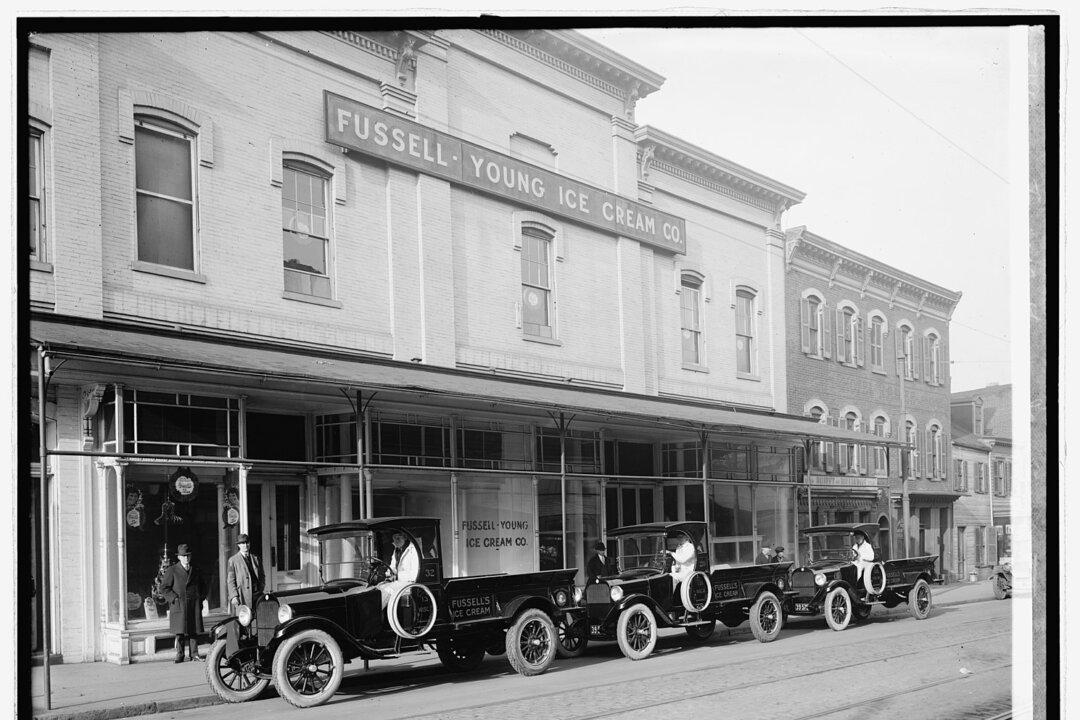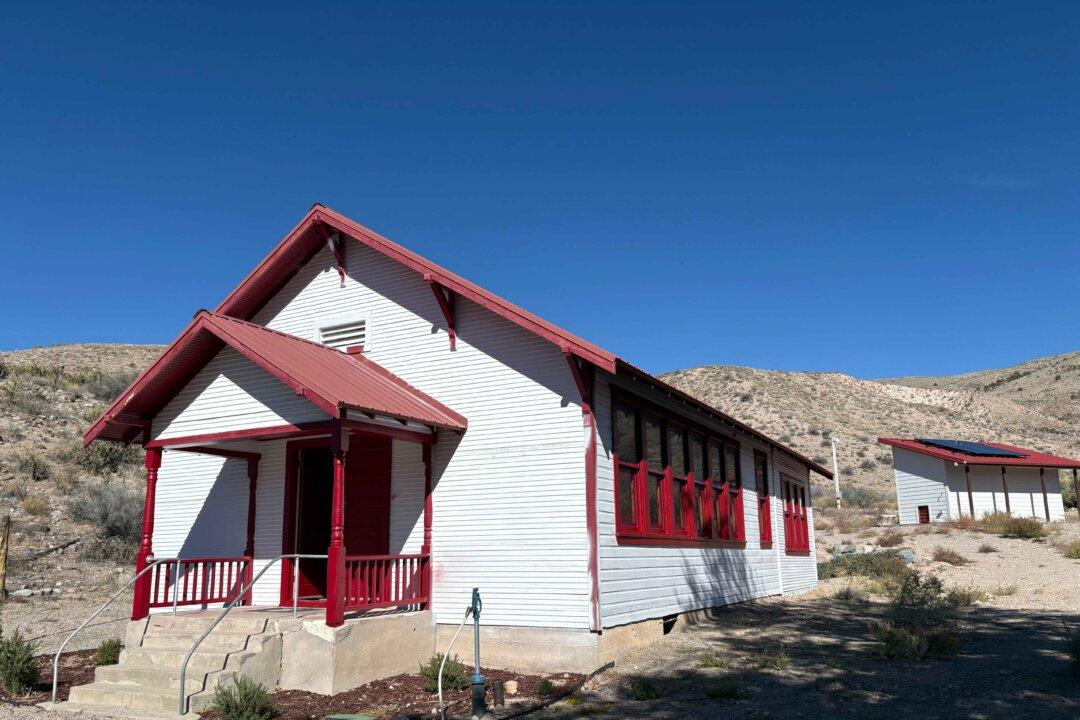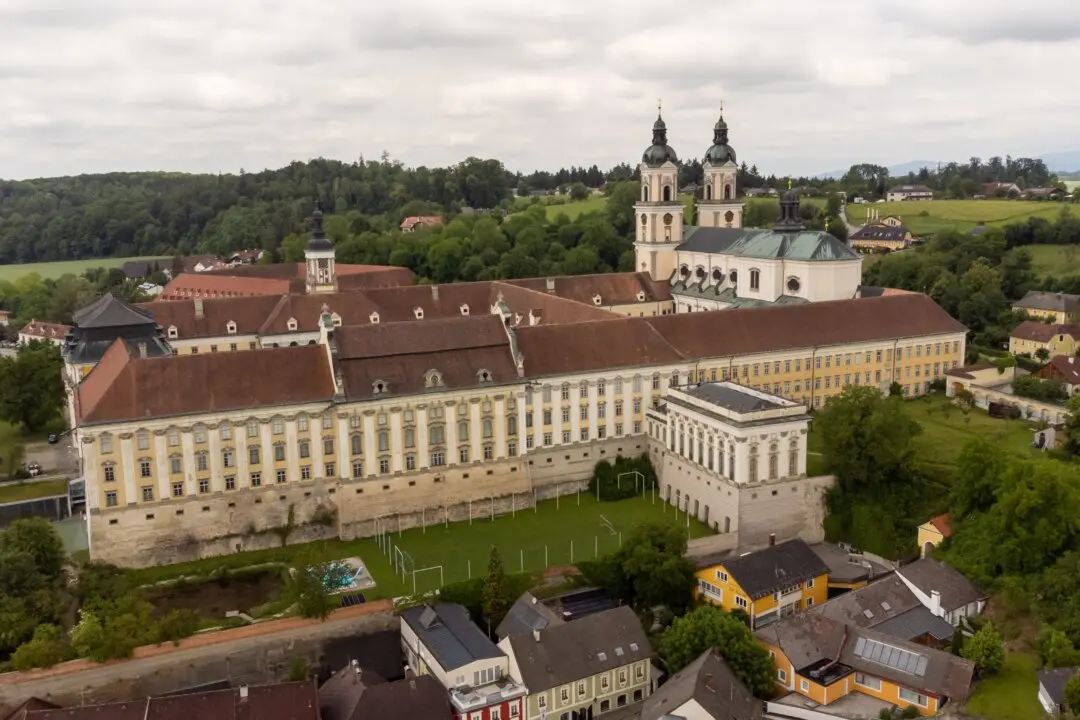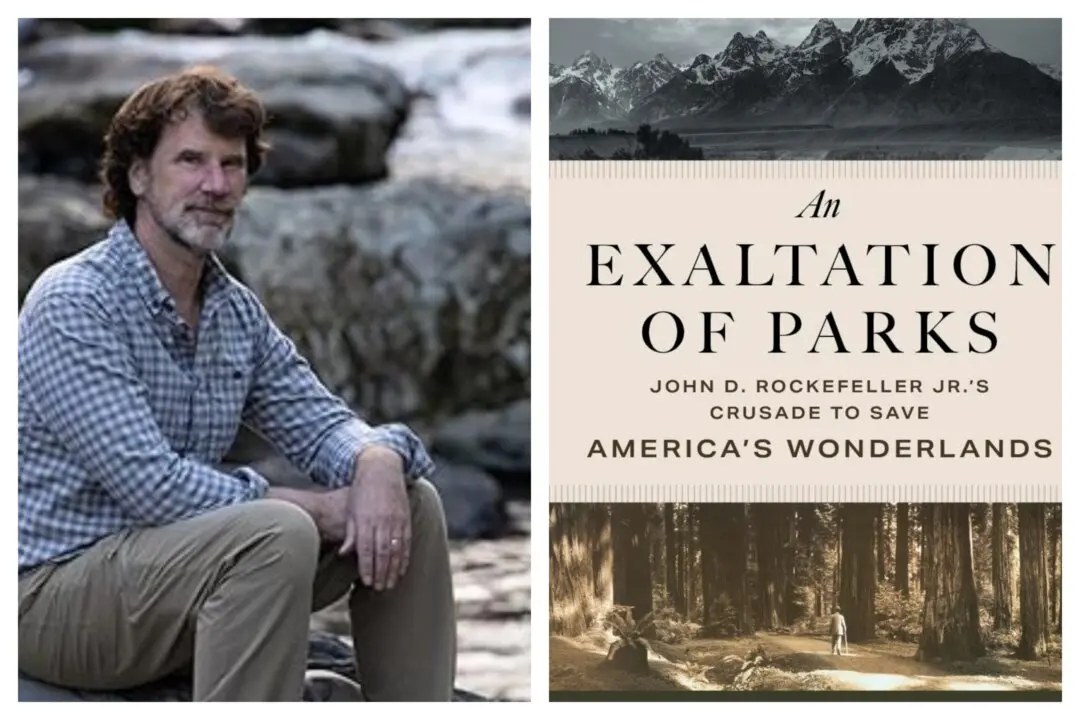The tiny borough of Seven Valleys, Pennsylvania, with a population around 500, was once a thoroughfare for trains running from Baltimore to York, Pennsylvania. This rural area also lays claim to the launch of the wholesale ice cream industry.
Behind the town of Seven Valleys, on what’s now a 27-mile walking and biking trail once busy with Northern Central Railroad trains, is a Pennsylvania Historical Museum and Commission sign. It attests to the fact that the first mass-produced ice cream factory was nearby.





